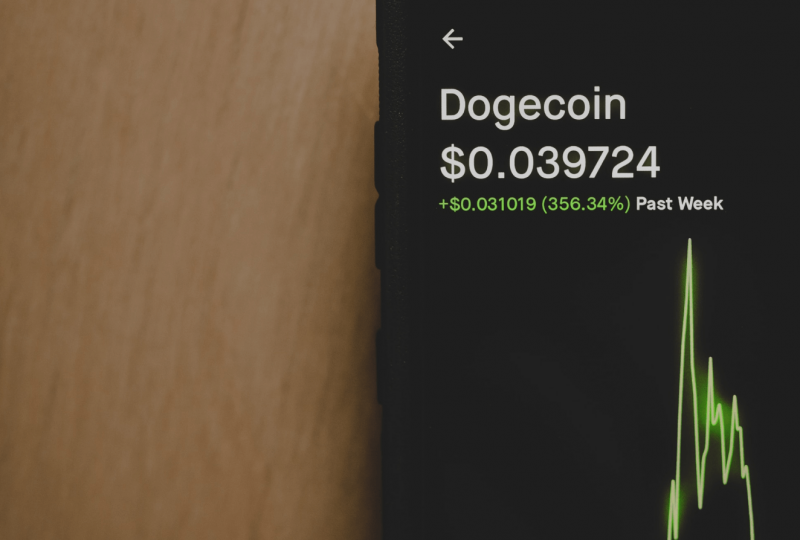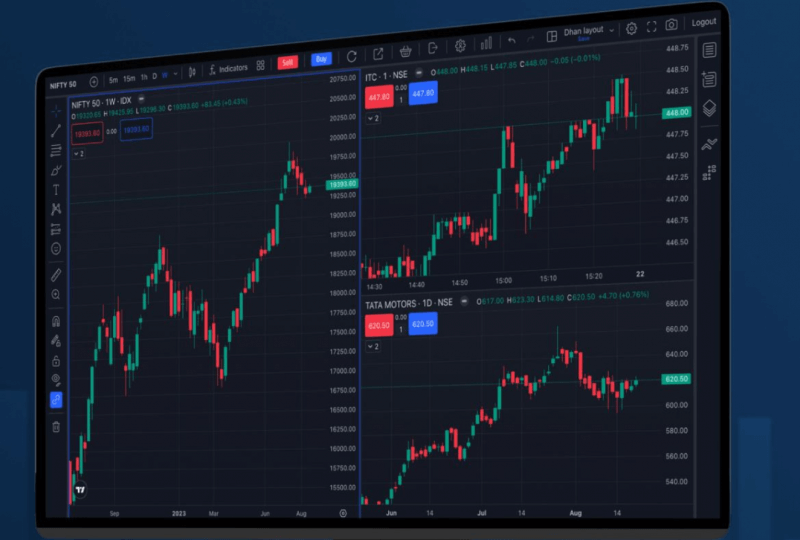What is Cryptocurrency Liquidity?
May 29, 2021

Based on the Coinmarketcap statistics, the overall number of issued digital assets is rapidly moving towards the mark of 11 000. Meanwhile, beginner investors and traders face headaches related to which cryptocurrencies are worth investing in. The factor of liquidity is of the highest priority for newer entrants. Furthermore, crypto liquidity may be regarded from two angles: the liquidity of a trading platform in general and the liquidity of a certain asset. Let’s dive into the differences.
What are the liquid crypto assets?Digital assets are primarily meant to revolutionize the traditional economy, turning it upside down. For instance, Bitcoin is designed as an alternative payment option. Tens of cryptocurrencies are about to upgrade this world, making it more convenient for end-users and crypto holders (reduced fees, secured anonymous transactions, no limits). On the other hand, many developers are going to capitalize on this explosive growth, issuing digital assets backed by no revolutionary goals and usefulness.How to separate dogs from fleas? The notion of liquidity in cryptocurrency comes to investors’ aid. Spend about an hour to comprehend which digital assets are worth investing in, and which cryptocurrencies seem more like scam projects.The liquidity of a certain asset is based upon the following criteria:
- 1. Price of a digital asset;
- 2. Trading volume (for the last 24 hours).
On the one hand, trading volume is a crucial factor, and many beginner traders/investors rely on that index. Professionals understand that an asset’s price and trading volumes are interdependent. For instance, Bitcoin is among the most liquid crypto assets with a daily trading volume of $20.4 billion. If we take into account the coin’s price, its 24h trading volume is 638 528 BTC. The 5th crypto asset Cardano shows a daily trading volume of 1.19 billion ADA coins. This said, Cardano is more liquid than Bitcoin.While talking about top-rated digital currencies, most of them are characterized by the highest cryptocurrency liquidity. The experts recommend not investing in assets trades less than 10.000 coins per 24 hours.
How to understand the liquidity of a crypto exchange?
The second side of a crypto liquidity coin is related to trading platforms where users hold and exchange digital currencies.
The following important factors should be taken into account:
- The number of listed altcoins;
- The number of markets;
- 24h trading volumes.
They say the higher trading volumes a platform has, the better. Meanwhile, such a statement is rather controversial. Compare two exchanges:
1. The first exchange added 235 coins, enabling traders to exchange 519 pairs, while the platform’s daily trading volumes are $714 million.
2. The second crypto exchange offers users 30 top-rated coins with an overall number of markets of 94. The second platform’s trading volumes are $511 million.
Taking the number of markets into account, the second exchange turns out to be more liquid, despite the fact of lower trading volumes.
What are the reasons to deal with a liquidity provider?
The liquidity is important for traders foremost, as they expect orders to be executed instantly. While talking about Bitcoin, Ethereum, and other top-rated assets, an exchange should not face hurdles. What about less traded cryptocurrencies? Your order book must be full of bid and ask offers; otherwise, a trader may sign up for other platforms.
The best liquidity providers are responsible for the depth of your order book. What are the criteria to keep in mind while looking for a reliable provider?
- The number of available crypto trading pairs. Find a company that supports the vast majority of markets listed on your trading platform.
- Minimum spread. Apply to a company that guarantees the minimum difference between ask and bid prices for a certain asset.
- Execution time. A trustworthy cryptocurrency liquidity provider helps exchanges execute traders’ orders within milliseconds.
- High-end technical support. Top-rated providers are ready to solve your problems around the clock.
Check out our list of the best liquidity providers to find the best one for you.
Wondering how these solutions can boost your business?
Leave a request, and let our experienced team guide you towards unparalleled success and growth.




